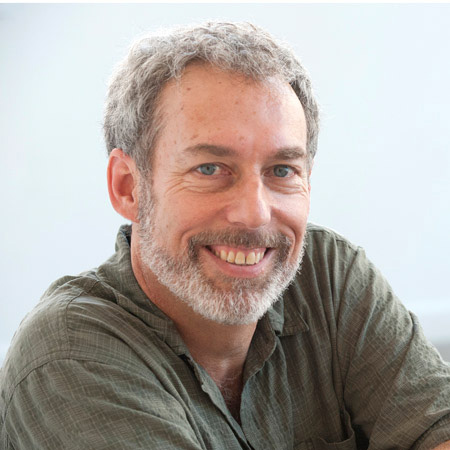Meet Our New Executive Director

NNRG is excited to announce Seth Zuckerman as our new Executive Director! Seth brings expertise in sustainable forestry, watershed restoration, salmon runs, and climate change to NNRG’s helm. Seth comes to us from Climate Solutions, where he wrote the weekly column ClimateCast and researched biofuels, among other topics. Before that, he directed a program partnering with private landowners in California’s Mattole watershed to restore riparian ecosystems, reduce fire hazards, control invasive species, and harvest timber. He has decades of experience as an environmental journalist and has a Masters in Energy and Resources from UC Berkeley. We wanted to get to know Seth a little better, so we sat down with him for a chat at NNRG’s Seattle offices.
What brought you to NNRG?
I’ve always been drawn to forests and to figuring out the right relationship between the woods and the human communities that live around them. Some forests are suitable for preservation, but far more forests are suitable for sustainable use. NNRG’s focus on empowering sustainable approaches to forest management is a very exciting mission.
What is NNRG’s role in the landscape of Northwest forestry?
We bring to bear a deep knowledge of Northwest forests along with pragmatic savvy in helping landowners accomplish their objectives in ways that serve the needs of community development and ecological integrity.
Where do you see forest certification in ten years?
I would like for FSC to be the accepted standard of management for sustainable harvest and the provision of ecosystem services, in much the same way you expect to find an Underwriters Laboratory tag on an electrical appliance. I’d also like for FSC certified wood to be available much more widely, so that people that can use wood in their projects more easily.
What most interests you about ecological forestry?
Well, in northern California — the last place where I worked in forest management — we found the application of traditional ecological knowledge to forest management to be a really interesting intellectual frontier. People often start with the mistaken idea that in 1491, North American forests were entirely the product of sunshine, water, and soil. In fact, indigenous management played a huge role in the kinds of forests that European explorers first encountered. It increased the forests’ biodiversity and enriched the natural abundance that people were able to glean from the forests. So it’s key that we understand the management practices of native peoples and how those contributed to that abundance which we prize so highly.
What do you do in your free time?
I love to get outside with my kids and my wife and get into the forests and mountains of the Northwest and onto its tide waters in our sea kayaks.
What is your favorite tree?
I’d have to say it’s a tie between the madrone and the red cedar. The madrone adds so much character to the forest, the way it hangs over the land at unpredictable angles. And the cedar has been such a versatile and important species, going all the back to indigenous times. It’s rot-resistant, it’s easy to work with … what’s not to like?

Leave a Reply